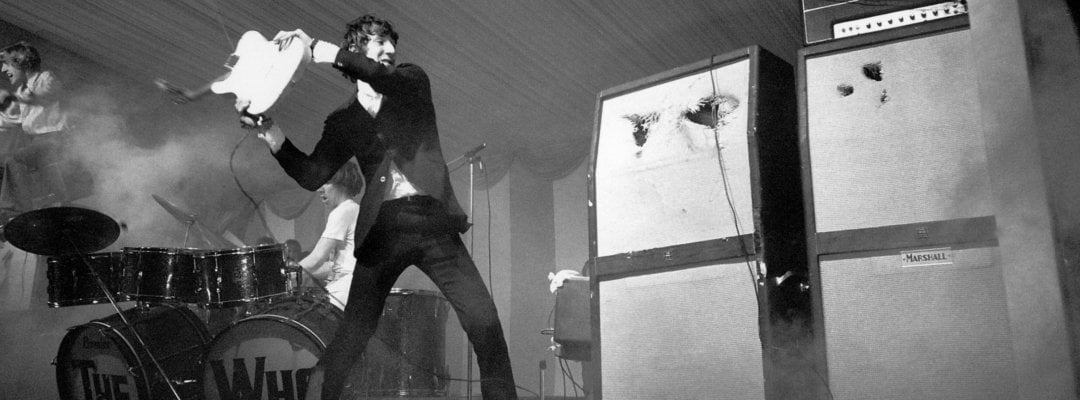
We’ve already written about estimates and plans, and in the process begun to touch upon some of the nitty-gritty of project management techniques, philosophies, etc. (more of this to come in future posts). But I wanted to take a moment to give some thought to negative moments in a project.
The Scenario
No matter who you are or what you do, you’ve probably had that moment when a collaborator or employee presents you with something and you just think to yourself, “What the &%$# is he/she thinking?!…This is TERRIBLE!” Even the best, smartest people take “stupid pills” some mornings, which leaves you having to find out what went wrong. At best, a moment like that is annoying and a waste of time. At worst, it can be a major source of stress, problems in the project’s progression, etc.
However, I think moments like this can sometimes be opportunities for positive transformations in whatever it is you’re building. Now, don’t get me wrong…sometimes a perfectly capable and intelligent co-worker/employee/contractor will say something that is just, for lack of a better word, stupid. Mind-numbingly, head-slappingly, why-god-what-did-I-do-to-deserve-this-? stupid.
But sometimes, it’s not.
Why “Why?” Matters
When you see something in a design/prototype/plan/whatever that makes no sense to you and seems stupid, the first thing you should do is ask, “Why?”. And I don’t mean to ask yourself. I mean to literally ask the person who did it, “Why did you do this particular thing because it doesn’t seem to make sense to me, but maybe I’m missing something.” Ask honestly and with an open mind (even if you think you know the answer).
At a minimum, that opens up a conversation and can often clarify points of miscommunication and misunderstanding that may not otherwise have come to light.
But sometimes, that question will reveal a whole new angle on that part of the project that you may have never seen before. It’s been my experience that these are the moments when true collaboration happens. I ask my colleague, “why?”, and their answer—while maybe not exactly correct for the project as a whole—opens my mind to a feature or process or idea that I hadn’t ever considered. It usually needs tweaking (because, remember, when I first saw it, I hated it), but by combining my original idea (or—more importantly—the underlying motivations and principles guiding my original idea) with this new perspective, we arrive at something greater than either one of us would have done on our own.
No matter how smart you are, how experienced, or how clear your vision is, ask, “Why?”. You may be surprised at what you find.*
(*You may not. But hey! Turning SOME negative experiences into majorly positive ones is better than none!)


